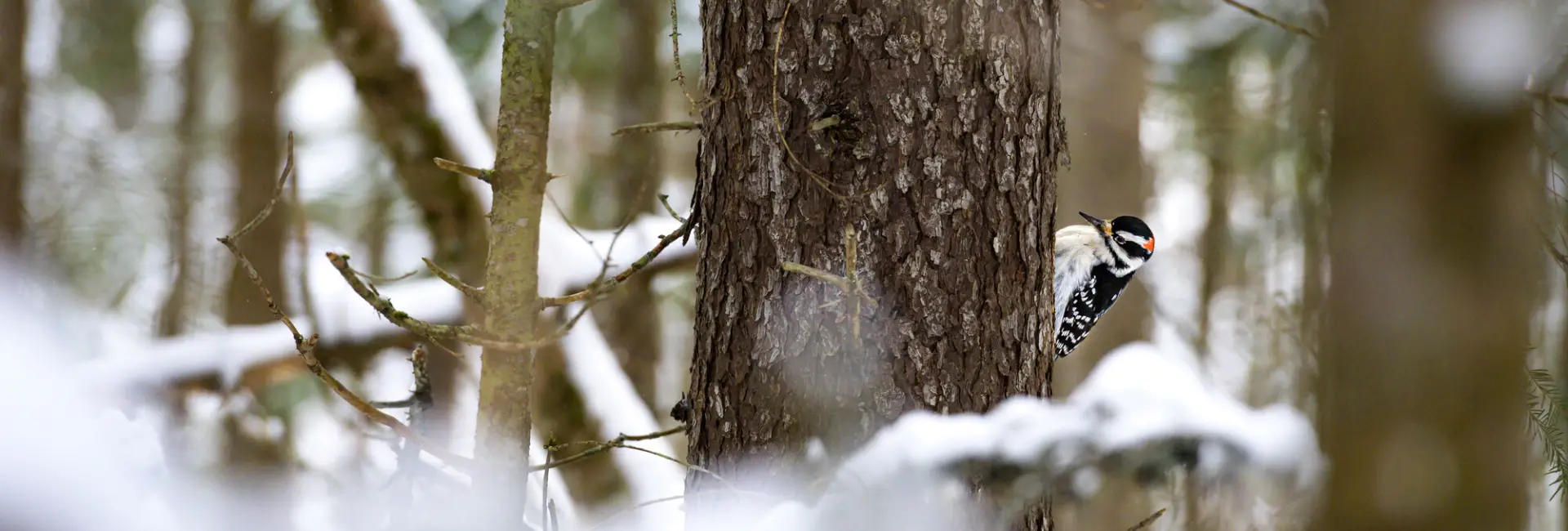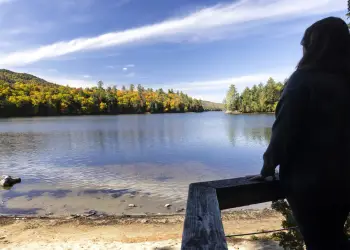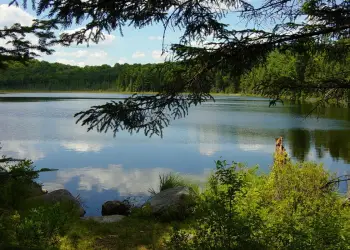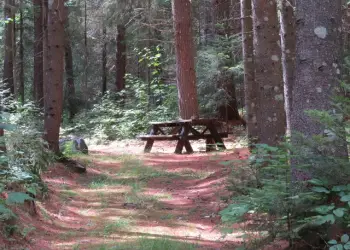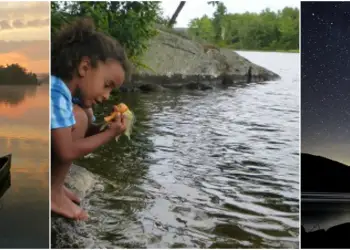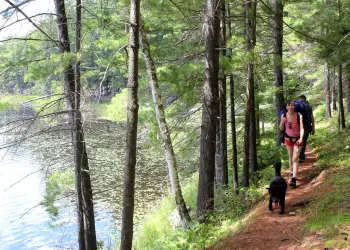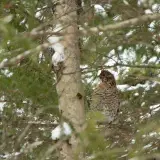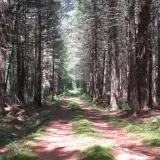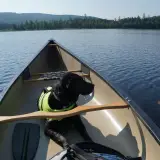A yearly cycle
Birding is an activity that can be done in any season, and the diversity of species only adds to the excitement. The yearly birding calendar follows the same ebb and flow of the seasons, and at times it may be a better barometer for the changing seasons than the temperature or weather!
New season, new birds
Each species has its timing and each habitat has its species. In fall, migratory birds start to move south and soon we begin to hear Bohemian Waxwings again and maybe the high, twinkling notes of American Tree Sparrows arriving from the arctic to spend the winter.
From the depths of winter to summer diversity, there are always different birds in the Adirondack Hub. When the snow falls, we might find Evening Grosbeaks and Common Redpolls at bird feeders or Pine Grosbeaks and Cedar Waxwings dining on ornamental fruit trees in town. Winter is also a good time of year to look for Red or White-winged Crossbills along the various trails and pull-offs along Route 28N as it cuts through the town of Minerva.
Everything changes in spring. The changes begin with brave species like Red-winged Blackbird, Common Grackle, American Robin, and Eastern Phoebe, which come north in the hope of finding food and perhaps open ground as the longer days and stronger sun warm the Adirondacks. April brings tremendous changes to both the landscape and to the birds which depend upon it. We spot our first Fish Crows (listen for their distinct nasally call) at the Schroon Lake Beach and note migrating Rusty Blackbirds in area wetlands.
Spring and into summer there is a definite influx of bird species. We begin summer in our deciduous forests with the songs of American Redstarts, Blackburnian Warblers, and Great Crested Flycatchers. We paddle places like Cheney Pond and find American Bitterns and Wood Ducks. We hike in coniferous forests, like those along the Roosevelt Truck Trail, and we find our resident boreal birds joined by Yellow-bellied Flycatchers, and Magnolia, Nashville, and sometimes Cape May Warblers. Higher up in mountain habitats we might find Blackpoll Warblers and Swainson’s Thrushes.
Leave No Trace and Love Your ADK
The magic of the Adirondacks is the result of previous generations taking a long view and protecting the mountains, lakes, and rivers within the Blue Line. That tradition continues today as we support and encourage everyone to practice Leave No Trace ethics, which help protect the lands and waters of the Adirondacks.
